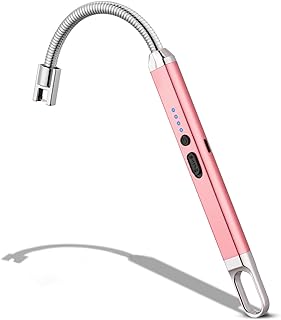Types of Windproof Lighters:
* Jet Lighters: These lighters use a small, powerful jet of flame that is less likely to be affected by wind. They often have a built-in adjustable flame control and a safety lock.
* Torch Lighters: Similar to jet lighters, these use a concentrated flame that is very resistant to wind. They often have a larger fuel tank and a powerful flame that can be used for various purposes.
* Butane Lighters with Windshields: These lighters have a built-in shield that protects the flame from wind gusts. The shield can be a simple design or a more complex, adjustable one.
* Piezoelectric Lighters: These lighters use a piezoelectric element to generate a spark that ignites the fuel. They are often windproof due to their closed design and the use of a concentrated spark.
* Plasma Lighters: These lighters use a plasma arc to create a flame that is less affected by wind. They are often rechargeable and have a long lifespan.
Popular Brands of Windproof Lighters:
* Zippo: Known for their iconic design and windproof construction.
* Bic: Offers a wide variety of windproof lighters, including their popular "Mini" and "Classic" models.
* Colibri: Produces high-quality lighters, including several windproof options.
* Clipper: Known for their refillable lighters, many of which are windproof.
* Ronson: Offers a range of windproof lighters, including jet and torch lighters.
Tips for Using Windproof Lighters:
* Check the fuel level: Ensure the lighter has enough fuel to provide a sustained flame.
* Adjust the flame: Some lighters allow you to adjust the flame size, which can be helpful in windy conditions.
* Shield the flame: If the wind is particularly strong, try shielding the lighter with your hand or another object.
Note: While windproof lighters are designed to withstand wind, it's important to use them safely and responsibly. Avoid using them near flammable materials or in enclosed spaces.


